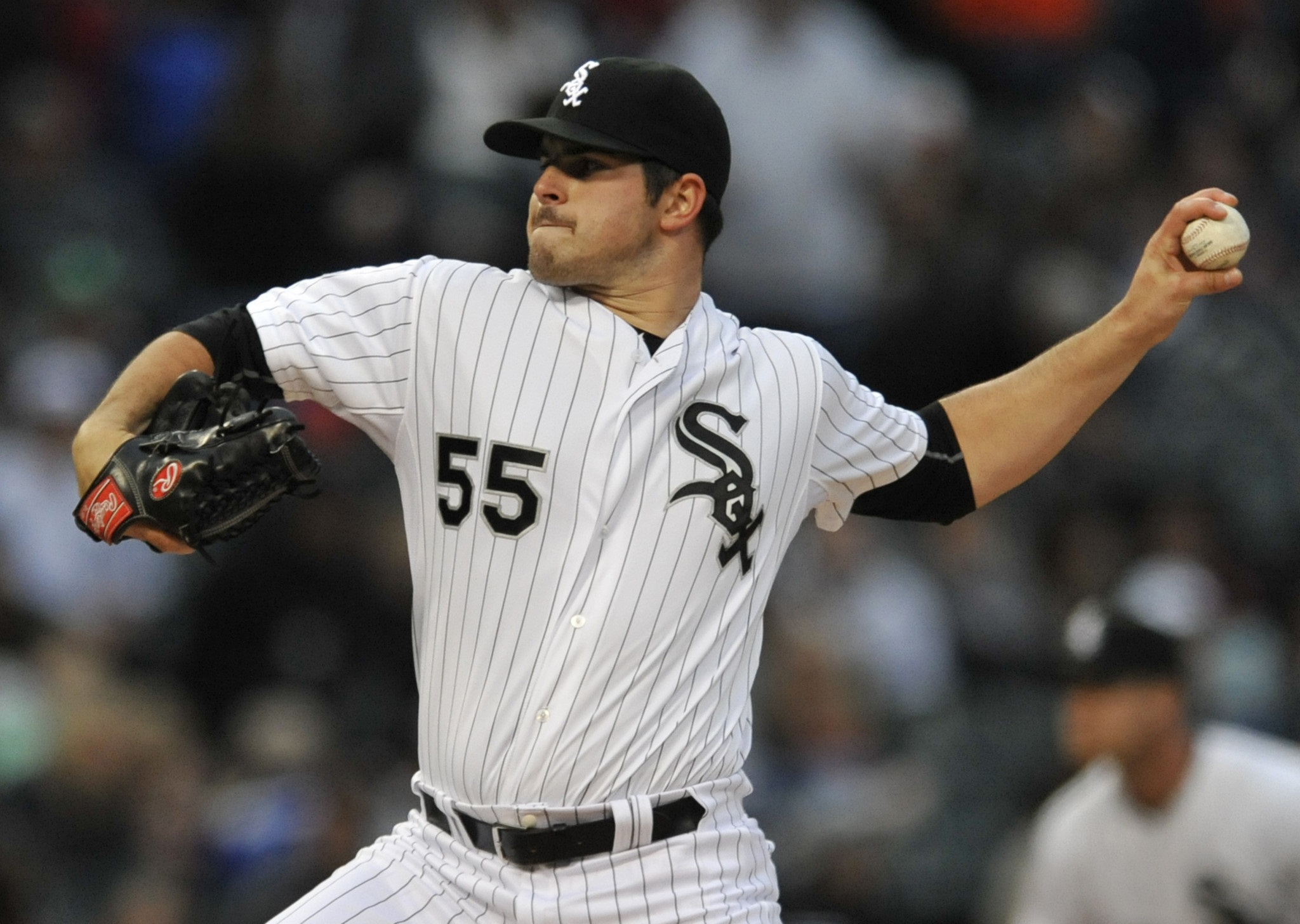Prelude
My last name is Calle. Calle means ‘Street’ in Spanish. Ergo, Narrative Calle.
Bobbleheads
Does a player routinely exceed expected value on their bobblehead day? Perhaps. Do they exceed value because it’s their bobblehead day? I haven’t a clue, but I can understand ascribing qualitative metrics after the fact to explain one’s performance. I’m not an expert in human behavior, but with FantasyLabs’ extensive database and Trends tool, I can retroactively test the validity of narrative street surrounding bobblehead performance.
First, I want to deconstruct the properties surrounding Bobblehead Narrative:
- Bobblehead Worthiness – In my opinion, the best players warrant bobbleheads. Occasionally, fan favorites or defensive specialists earn their day in the spotlight. Worthiness also implies hitters higher in the batting order predominantly earn a bobblehead. The top-five batters in the lineup historically produce above expectation, so you would expect bobblehead days to match the status quo.
- Home Batters v. Road Pitchers – Home and road batters possess nearly identical average DFS point production, and they maintain a neutral Plus/Minus of 0.0 across DraftKings and FanDuel. There’s no distinct edge for either party until you consider Park Factor and opposing pitcher handedness. For both DFS sites, home pitchers register a positive inverse Plus/Minus when compared to their road pitcher counterparts. Per Baseball-Reference, pitchers (relievers included) collectively average a higher ERA, BABIP, BA, OBP, SLG, WHIP, and OPS in road contests dating back to 1912, the first season in the database. The road pitchers are already facing a disadvantage when squaring off against home batters.
- Home Pitchers – Rarely does a starting pitcher throw on his bobblehead day because the promotions are scheduled prior to the start of the season. Since 2014, 14 combined starters and relievers have pitched on the day of their bobblehead promotion. Recalling the Worthiness Factor, an ace or top-notch closer becomes the most likely bobblehead candidate.
- Attendance Spike Narrative – The point of a promotion is to increase home attendance. According to The Effects of Promotions on Attendance at Major League Baseball Games by Amanda Schoenrock, “Bobblehead promotions are the most effective” at increasing attendance when tested against other promotions. Though, she admits, “a marquee opponent can attract more fans than a promotion.” It’s fair to assume a bobblehead day is scheduled against small-market opponents because home teams shouldn’t have problems drawing fans against the league’s prominent teams. That doesn’t necessarily translate to a subpar opposing pitcher or bullpen, and it’s difficult to plan for end-of-the-rotation pitchers at the beginning of the season when the promotions are released.
- Bobblehead Awareness – For the purpose of this article, I assume ballplayers are aware of their bobblehead on game day. I don’t have proof that every player honored with a bobblehead game is cognizant, but if they’re not, it diminishes the narrative.
Research
I used the links below as resources for the bobblehead data over the past three seasons. During my research, I didn’t actively search for bobbleheads days that were added to the schedule after the season began, but I found some along the way. To that end, I can’t proclaim I concocted a definitive bobblehead list, or that the ones included weren’t later canceled. DraftKings hitter data dates back to 2014, and FanDuel hitters were traced back to 2013. Pitchers were excluded due to scarcity.
Results
I concede FantasyLabs doesn’t possess a “Narrative” filter. The photos below were doctored to mirror the acquired data.


DraftKings hitters expected to score 7.6 points are priced at $4,000, and FanDuel Hitters expected to score 9.61 points are priced at 3,400. Based on the results, we can surmise bobblehead hitters are high-priced batters in advantageous situations. And the data doesn’t lie. Since 2014, 87 percent of hitters were located in the top-five spots of the batting order and 64 percent played in games with an implied run total of at least 4.0, coinciding with positive expected Plus/Minus among historical hitters.
Nolan Arenado participated in three bobblehead games since 2014 and exceeded value all three times, registering a +7.66 Plus/Minus on DraftKings and +8.65 Plus/Minus on FanDuel. Alas, his 2016 bobblehead game occurred on April 10th. He also gets the benefit of playing at Coors Field during his bobblehead game, tilting the scales in favor of the bobblehead narrative.
Of the 10 hitters who played in two bobblehead games since 2014, Brandon Crawford, Carlos Gomez, Salvador Perez, and Troy Tulowitzki failed to meet value each time. Conversely, Billy Hamilton, as the leadoff and ninth hitter, and Yasiel Puig exceeded both times.
Conclusion
Based on the limited sample, it appears bobblehead games have historically yielded substantial value. Those games also coincide with attractive spots in the batting order, high-priced batters, and at least 4.0 implied runs.
The rest of April’s bobblehead roster includes Joey Votto (4/23), Matt Duffy (4/23), Josh Donaldson (4/24), and Nelson Cruz (4/30). Only Duffy has consistently batted outside the top four spots, hitting either fifth or sixth. And Duffy has been the only one priced below $4,200 on DraftKings and $3,700 on FanDuel this season.
Teams offer other trinkets besides bobbleheads like t-shirts, bear hats, blankets, socks, etc. I excluded those tchotchkes and focused solely on bobbleheads. Perhaps it’s a self-fulfilling prophecy. Perhaps it’s bupkis. Yet the data insists hitters on their bobblehead day consistently produce similarly to those playing at Coors Field.






